


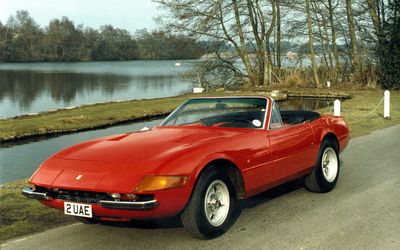






THE 512 S MIRACLE
3 MONTHS DEVELOPMENT AND 25 CARS
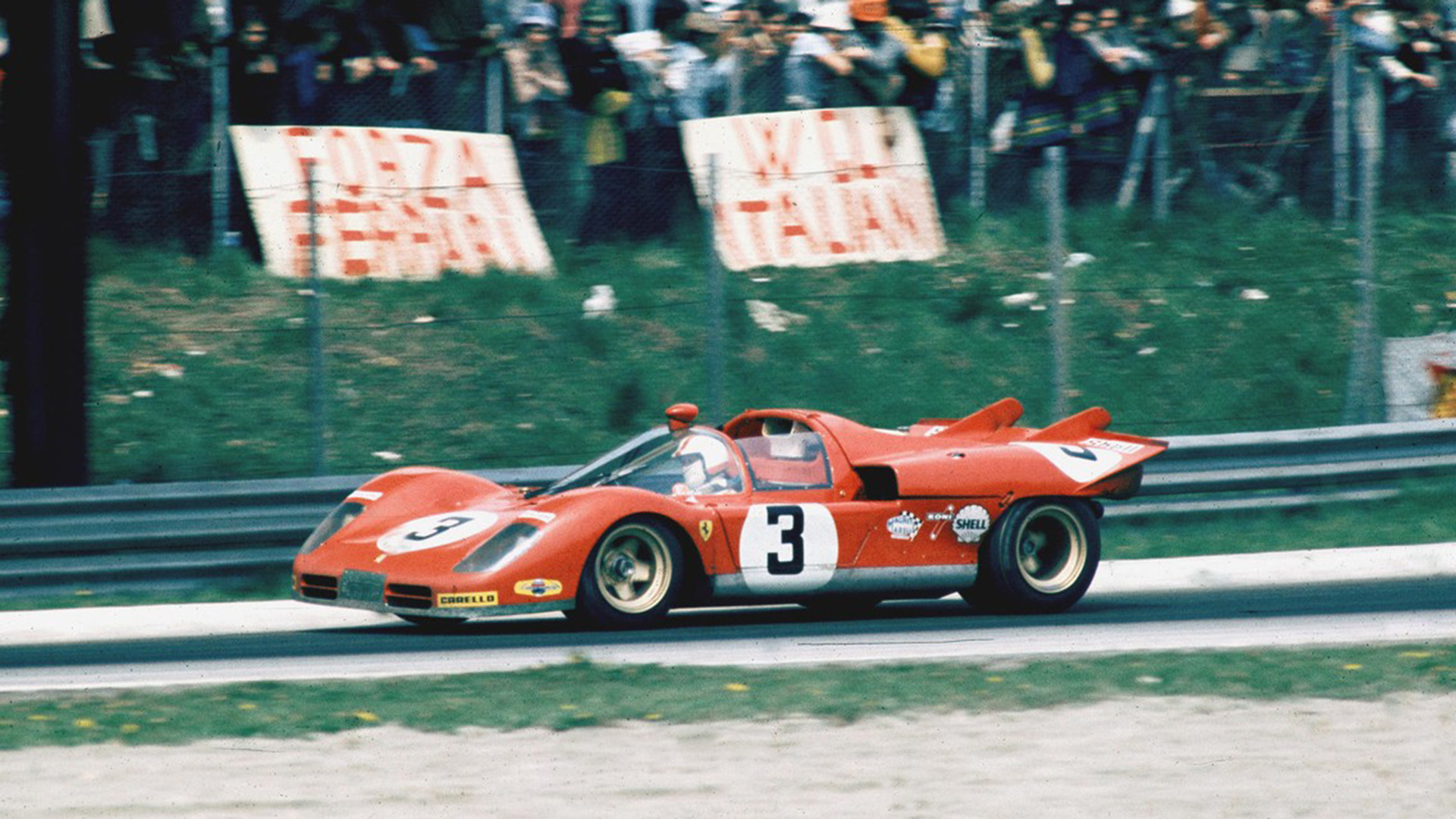




THE 512 S MIRACLE


1970 Masterpieces
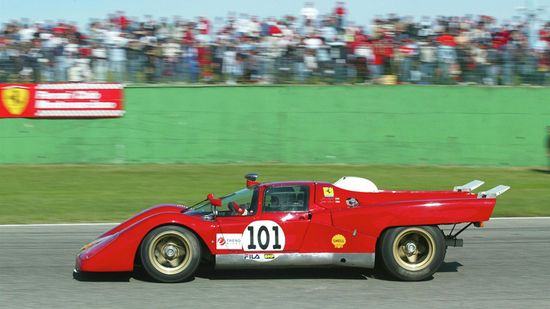
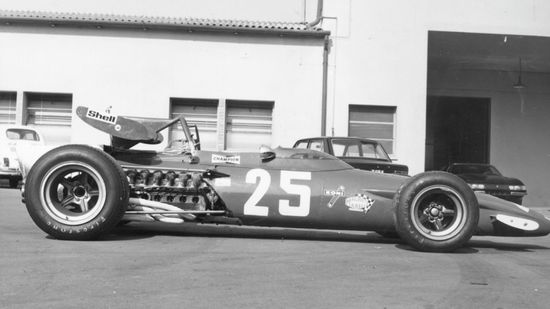
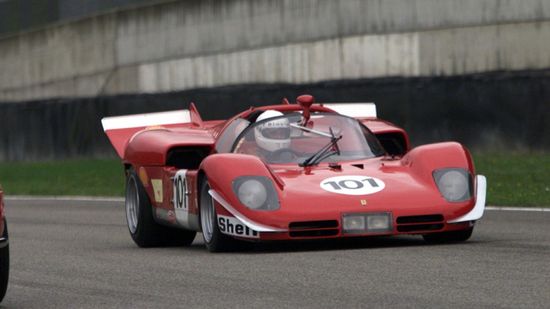
Discover other stories
- 1969A NEW PARTNER: Ferrari History
- 1971THE 365 GT4 BB: Ferrari History
THE 512 S MIRACLE
In the second half of 1969, after selling 50% of the company to Fiat, Enzo Ferrari was able to kick off a fresh project, building a new sports-prototype for the 5-litre class. In order to obtain type-approval for the model, 25 units had to be built. Time was tight, but Mauro Forghieri and his team succeeded in designing and building the car in just three months. The 512 S was officially launched to take part in the World Sports Car Championship in Group 5.

The car was built around a tubular light-alloy semi-monocoque frame, derived from the P4 and the 612 CAN AM, with a mid-mounted 4993.53 cc V12 engine, with four valves per cylinder, capable of delivering 550 hp initially, with a maximum speed of 340 km/h. The bodywork, designed by engineer Giacomo Caliri, was designed to be as light as possible, and was made of fibre-glass. During this period, plastic and fibreglass materials were increasingly used for parts of the body and the underbody. The 512 S was built both with a closed cockpit, as was the new trend for the most competitive sports-prototypes, and in an open version, without a roof. At Le Mans, the special long-tail aerodynamic body was presented, with a view to increasing the car’s maximum speed on the long Hunaudières straight (at the time, this stretch of road spanned more than 5 km, with no chicanes).The 512 S made its début in the Daytona race, taking third place with the Andretti/Merzario/Ickx team. In the following race, the 12 Hours of Sebring, the car scored its first win, with Giunti/Vaccarella/Andretti driving the closed version of the 512 S. Andretti moved across to this car during the race, after his open-top version, which he was sharing with Merzario, was forced to retire due to gearbox problems. The car beat Peter Revson and actor Steve McQueen’s Porsche 908. Throughout the season, the duel continued between the Ferraris and the Porsche 917K, but the former failed to hit further high notes. Amon/Merzario come fifth in the 1000 km of Brand Hatch, while in the 1000 km of Monza, the 512 S cars were second and fourth place, ahead of Matra.
Vaccarella/Giunti succeed in fighting their way onto the third step of the podium in the Targa Florio, while in the 1000 km of Spa, Ickx/Surtees come second, with Vaccarella/Giunti in fourth. Ferrari achieved two more placings at the Nürburgring, with Ickx/Surtees coming in third and Parkes/Müller in fourth with the car fielded by the Swiss Scuderia Filipinetti team. The 24 Hours of Le Mans is always a key moment of the season, but unfortunately this year was something of a débâcle for the Prancing Horse, with only two private 512 S cars in the ranking, in fourth and fifth place. The 6 Hours of Watkins Glen saw Andretti/Giunti taking third place and Ickx/Schetty taking fifth. Throughout the year, a number of private teams nonetheless score several successes in other competitions, such as the 500 km of Zolder in Belgium or the 200 Miles of Fuji in Japan. Before the end of the season, in the wake of the poor result at Le Mans, a modified version of the 512 M made its début. This car, with greater power and more advanced aerodynamics than the 512 S gave Ickx/Giunti a win in the 9 Hours of Kyalami. However, Enzo Ferrari did not have the patience to continue developing this model, and relegated the 512 M for use by private teams only.
Aware that from 1972 onwards, the Manufacturers’ Championship would be reserved for 3 litre sport models only, he decided to launch the flat-12 312 P project. This was to be the last Ferrari sports-prototype before the company decided to dedicate itself exclusively to F1. Both the 512 S and the 512 M achieve good results in 1971, with the NART team’s 512 S and the Penske team’s blue 512 M arriving in second and third place in Daytona. Subsequently, Merzario won the 300 km of Imola of the Interserie Championship, in the only official works appearance of the 512 M in 1971.
